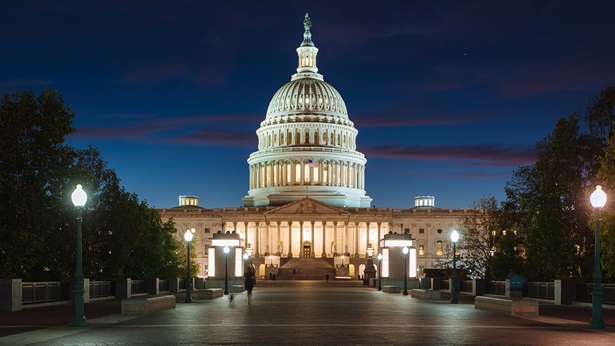Solar System Financing

Depending on the system size, a solar photovoltaic (PV) system can be a significant financial investment. As the industry has expanded in recent years, the number of available financing options has also increased.
Loans
For most home owners who don’t have the upfront capital to purchase the system outright, a loan can help the customer realize the financial benefits (utility savings, federal tax credit, local production incentives) of owning the system throughout its 25-plus-year lifetime. Loans can take on many forms:
- A home equity line of credit
- A construction loan — involves two loan closings. The lender offers the first loan as an advance for the construction in which only the interest is paid during this time. After completion of the project, the consumer pays off the construction loan with full principal and interest payments.
- Specialty solar financing products — companies that lend specifically for solar, and usually have a network of installers that pay “dealer fees” to be able to offer their financing products.
- State loan programs — some states (Connecticut, Massachusetts) work with local banks and credit unions to offer low-interest loans for solar.
Questions your customers might want to consider when taking out a loan for solar:
- Is the loan secured (a loan that is connected to a piece of collateral) or unsecured (the loan is not protected by any collateral)?
- Is the interest rate fixed, or variable?
- What is the loan term?
- For special financing products that require little or no money down, what dealer fees are built into the product?
- What are the closing costs on the loan?
- Is the interest paid tax deductible?
Leases
When a system is leased, the leasing company installs, owns and operates the system. Terms are generally 20 years, and the home owner “rents” the system by paying a fixed monthly price to the leasing company, which is often less than what the consumer would pay to the utility company. The home owner benefits from the electricity produced by the solar PV and often pays very little upfront; however, the leasing company keeps the federal tax credit and any associated rebates/production incentives.
Power Purchase Agreements (PPAs)
As with a solar lease, the PPA provider owns and operates the system, and is responsible for maintenance. Instead of a pre-determined monthly payment, the customer pays for the energy that the system produces at an agreed-upon price per kilowatt hour (kWh) that is often less than the utility’s rate per kWh.
This webpage from the Solar Energy Industries Association explains leases and PPAs in greater depth and provides example contracts.
Property Assessed Clean Energy (PACE)
PACE is a way to finance energy-efficiency measures and renewable energy installations through the owner’s property tax bill. Repayment is then passed on to the new owner if the current owner sells, as the improvement stays with the property.
To view active PACE programs, check out PACENation’s website. PACENation is a national nonprofit association that advocates for PACE financing and also has a one-pager to explain PACE basics.
Additional Resources
Clean Energy States Alliance/GW Solar Institute Home Owner Video



